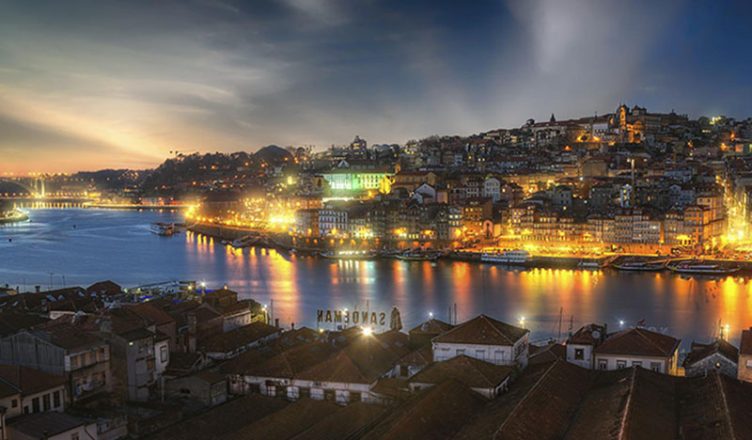Portugal, located between Spain and the Atlantic Ocean, is so small that you can drive across the nation in just two weeks. Despite its compact size, the country boasts a wide variety of cultural practices, culinary traditions, and natural environments, from the west coast’s rough terrain to the inland mountains and from the north’s mild, lush climate to the south’s flat, sunny plains. Visiting Portugal is one of the top things to do in Europe for a once-in-a-lifetime experience. This country has been a sovereign state for almost 870 years, making it one of the world’s oldest nations. Ancient Roman, Celtic, and Islamic traditions have molded its culture and language.
Foodies, nature lovers, history buffs, and those who want to see as much as possible in a short time can all find something of interest on this list of top things to do in Portugal. Make sure you go well prepared as per the time of the year to witness the attractions in Portugal.
Hear a live fado performance in Lisbon
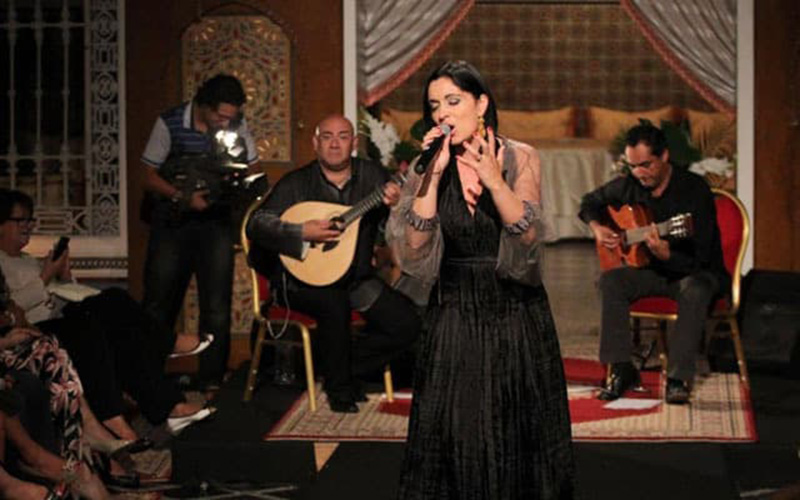 Image credit: discoverwalks.com/
Image credit: discoverwalks.com/
Fado, a Portuguese musical style recognized as part of Unesco’s Intangible Cultural Heritage of Humanity, is a genre known for its melancholy, tragic, and sincere melody. Songs are sung slowly and thoughtfully to accompany the Guitarra Portuguesa (Portuguese guitar) and various string instruments.
If you want to hear fado for yourself, you should visit a casa de fado in Lisbon. In Alfama, try Parreirinha de Alfama or A Baiuca, while in Bairro Alto, stop by Adega Machado or Café Luso. Whatever you decide, you will get to attend a live show, and some of them will even provide a classic Portuguese meal alongside the music. Santa Casa Alfama is a two-day music event held in Lisbon, Portugal, in late September that is devoted solely to fado.
Enjoy some traditional desserts

As Portuguese pastries are known, Conventual sweets are typically made with egg yolks, sugar, and sometimes almonds. Invented in the 15th century by cloistered nuns and monks using surplus egg yolks (the whites were sold and used in winemaking) and freshly imported sugar from Brazil, conventuals were initially intended for the use of the monastery’s cloistered inmates. Convents and monasteries could not take in any more novices in the 19th century since they were all ordered and dissolved. Therefore, the confections they made became their only source of income.
Whether beans in the pastel de feijo of Torres Vedras or eggs in the paper-thin, wafer-encased ovos moles of Aveiro, every region of Portugal has its unique conventual sweet, with some local or seasonal ingredients tossed in. Lisbon’s most well-known conventual dessert is the Pastel de nata custard tart, and it is also the one that has been veganized the most.
Have fun at Carnaval!
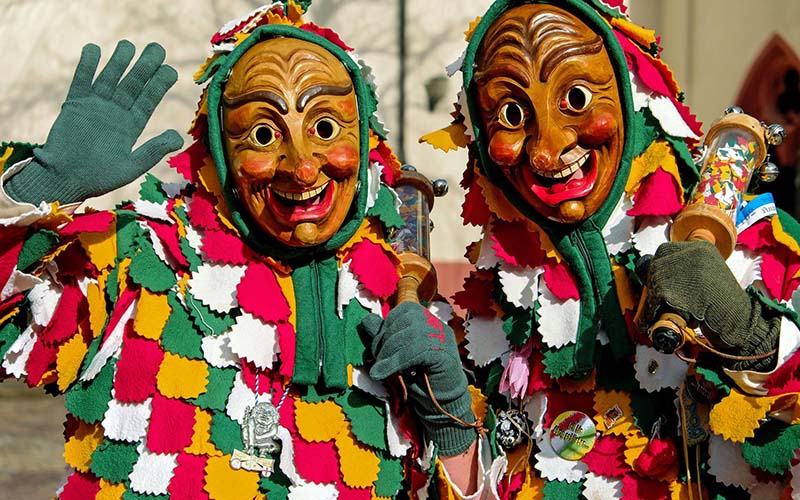
Carnaval, or Carnival, is a three-day celebration in Portugal that takes place the week before Ash Wednesday (in February or early March). The origins of Carnaval celebrations can be traced back to the 13th century when the Catholic Church seized some of ancient Rome’s pagan rituals. On Fat Tuesday (the last day of Carnaval), nearly every municipality in Portugal holds a parade, but some are more famous than others.
The most exciting Carnaval events occur in Torres Vedras, Ovar, and Loulé, where local customs and samba parades from neighboring Brazil come together in a riot of color and sound. Carnaval is celebrated in Podence, a small community in Portugal’s northwest, in a manner distinct from the rest of the country. This end-of-winter festival draws on the pagan traditions of the region’s original Celtic immigrants and is recognized as an intangible cultural treasure by Unesco. In the Caretos (masked men) march, villagers hide their faces with homemade tin or leather masks representing a demon-like image and adorn cowbells around their waists.
Ride the massive Nazaré surf
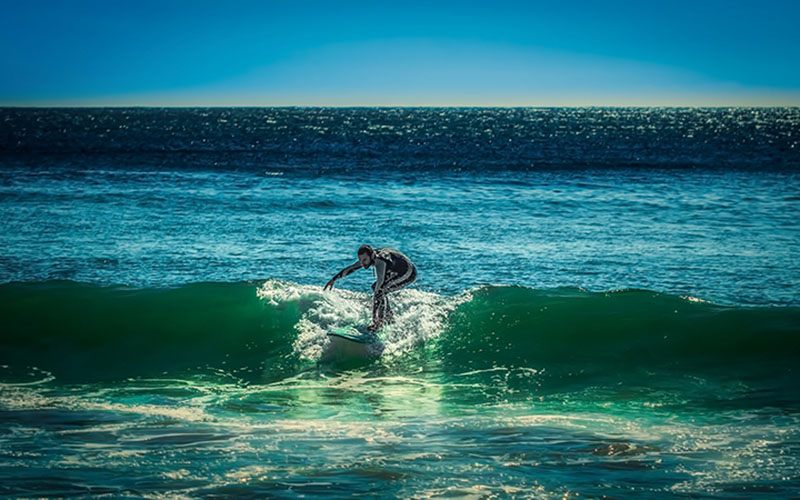
When North American surfer Garrett McNamara rode a 78-foot wave in 2011, the once-obscure fishing community of Nazaré on Portugal’s western coast shot to fame. Nazaré is known for its giant wave surfing, and the view from the fort’s lighthouse is one of the most visually attractive sights in the area.
Get together in Santos Populares
The most well-known of the traditional or popular saints’ festivals (Santos Populares) that take place across Portugal in June are St. Anthony’s in Lisbon (on June 13) and St. John’s in Porto (on June 24). Locals in the historic districts of these cities decorate the small cobblestone walkways with bright ribbons and put-up charcoal grills to cook sardines and pig steaks, which they then wash down with icy glasses of local beer or house wine. Initially held in honor of local patron saints, these celebrations are now an excellent opportunity to get to know your neighborhood while enjoying a good dinner and some lively music.
Have some wine from Portugal
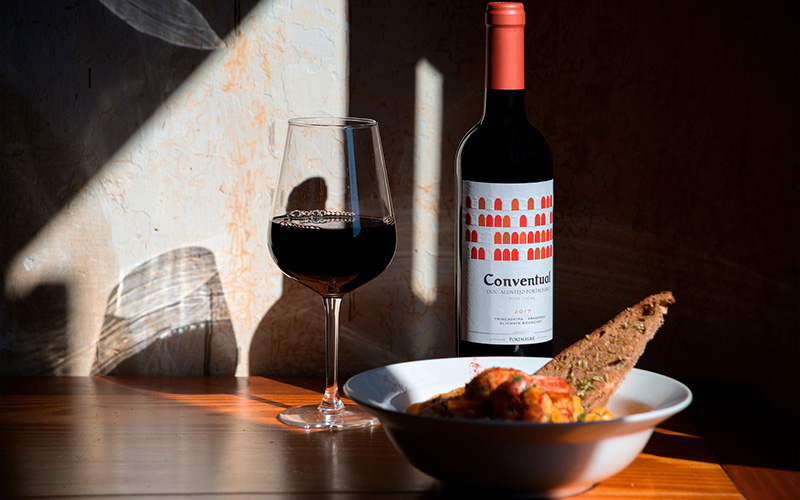
Although the Alentejo region (which produces robust reds) and the Douro region (the birthplace of port) receive the most attention, vineyards and wineries can be found virtually everywhere in Portugal. This includes the Azores and the Madeira islands. Vinho Verde, literally “new wine,” comes from the Minho region and is the most traditional Portuguese of all Portuguese wines since it is made from indigenous grape varieties. Quinta do Aveleda is a top winery in the area for tasting these light, bright, and flowery red and white wines.
Spend some time in a quaint schist town.
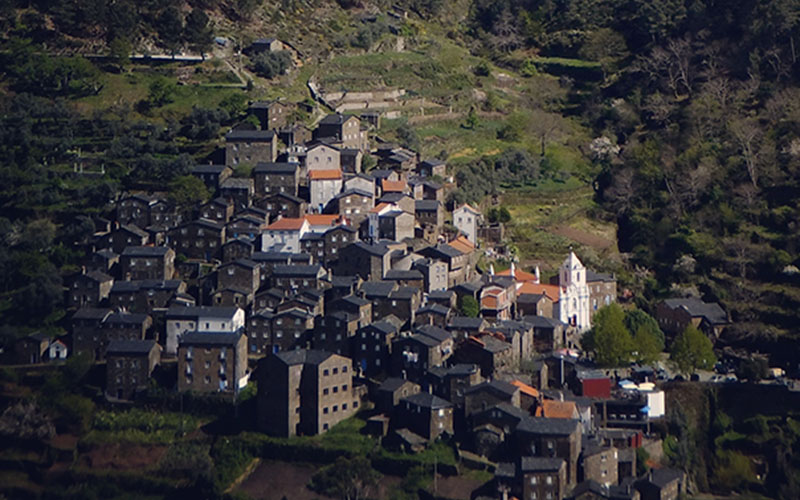
The mountain villages between Coimbra and Castelo Branco, which had been at the center of major trade routes, became almost wholly depopulated in the middle of the twentieth century as their inhabitants left for other parts of Europe in search of better economic opportunities. One of the central Portugal region’s selling points was the distinctive dark schist stones utilized in the construction of the homes. Through the Aldeias do Xisto project, 27 settlements have been transformed into rural tourism regions surrounded by rocky mountains, lakes, and riverine beaches to revitalize this important part of the country’s cultural and heritage legacy.
The ancient style of the black-stone homes was preserved to pay homage to and protect the cultural uniqueness of the area. Some recreational activities in these picturesque sightings are hiking across scenic terrain, relaxing in a spa, regional sampling delicacies, and chatting with friendly locals.
Check out the rock paintings of Vale do Côa, which date back to prehistoric times.
Vale do Côa, together with neighboring Siega Verde in Spain, is the most significant Paleolithic art site on the Iberian Peninsula and has been recognized as a Unesco World Heritage site since 1998. Visit the Museu do Côa first, and then go on a guided tour of the archeological site and open-air rock art gallery, which features over a thousand rock engravings from the Paleolithic and Iron Age periods is spread out across 80 different locations.
Look up at the stars from the shores of Lake Alqueva.
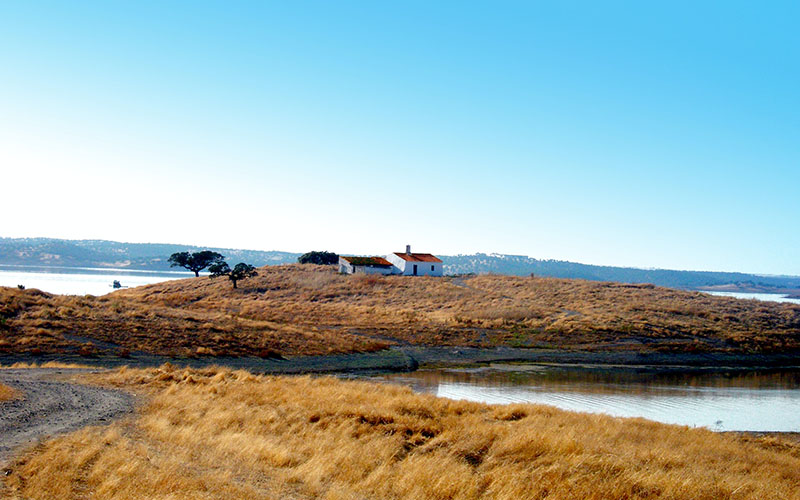
The human-made Great Lake Alqueva in Alentejo is one of the best places in Portugal to stargaze due to its clear skies and low levels of light pollution throughout the year. In light of these exceptional circumstances, the lake has been recognized as the first starlight tourism destination in the world by the Spanish organization Fundación Starlight. Those interested in astronomy can visit the observatory, and several local businesses provide stargazing and nocturnal lake tours. Booking in advance is necessary. However, there is no charge for children under 8 to attend the stargazing events at set times, both day and night.
The Estrada Nacional 2 Road Trip
The scenic Estrada Nacional 2 spans 460 miles from the northern city of Chaves to the southern city of Faro, revealing a side of Portugal few tourists see if they stick to the more streamlined roads and freeways. The N2 secondary highway, also known as the “Portuguese Route 66,” is experiencing a tourist uptick as Portuguese citizens rediscover Portugal’s longest route. Explore the varied landscapes of Portugal, from the winding roads through the country’s northern and central mountains to the practically treeless plains of Alentejo and the golden sand beaches of the Algarve. Explore points of interest along the road, or extend your stay in each town to sample the local fare and culture. You can either take a chance and see where the road leads you or choose between two planned routes, one focusing on castles and the other on museums.
